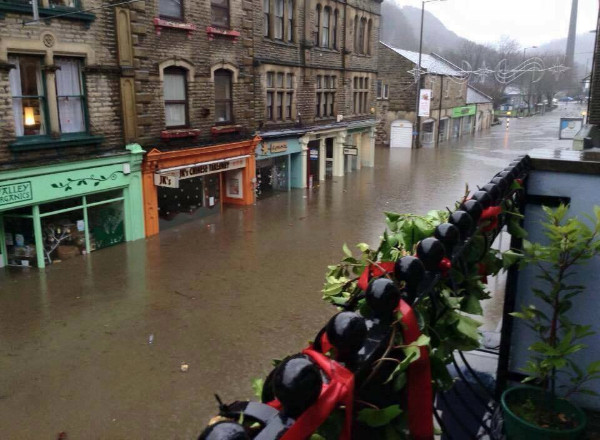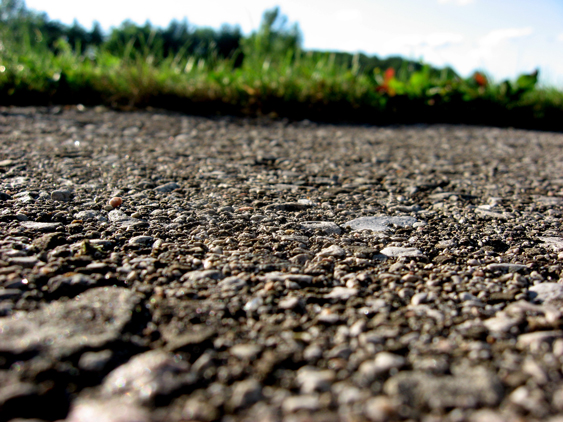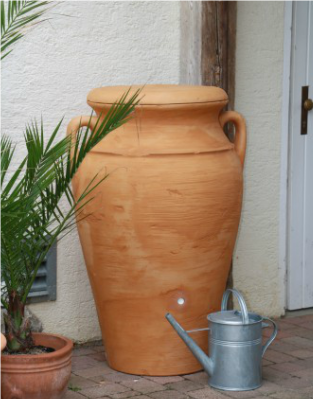Alongside short term help, by donating time and money to those affected by the latest floods, these home improvements will help over the long term, especially if you live upland of flood risk areas:
Although most of us were not directly affected by the terrible floods we have seen recently, it's likely that more of us will be affected by flooding in the future, as the water tables rise. In the short term, even if our own homes are not in need of expensive and exhausting clean up and repair, we are all still likely to be affected indirectly as insurance premiums increase and the cost to the tax payer of flood defences and repair rise. We all need to take action.
What actions will you be taking to stabilise the water table in your area? Comments are closed.
|
Design Your Home VisionThe Design Your Home Vision Checklist will help you kickstart your home improvements.
Download yours with the button below to get your home project off to a great start: Get started with the free Design Your Home Vision checklist. AuthorJane Leach, principal architect at i-architect Categories
All
Archives
April 2024
|
Jane Leach is an RIBA-accredited Conservation Registrant and a Green Register listed Eco-Refurbisher
all content copyright to Jane Leach chartered architect and iarchitect Limited





 RSS Feed
RSS Feed



